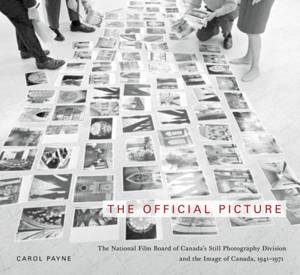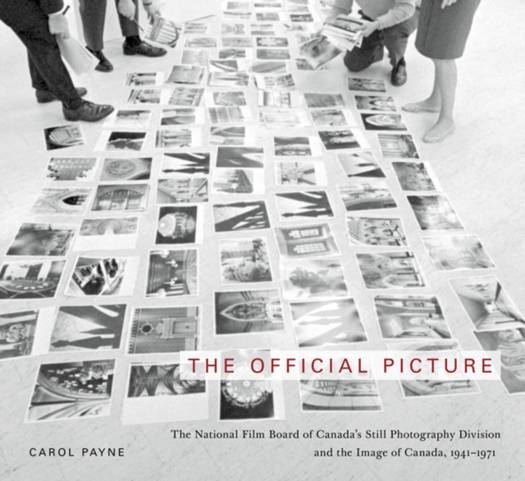
- Retrait gratuit dans votre magasin Club
- 7.000.000 titres dans notre catalogue
- Payer en toute sécurité
- Toujours un magasin près de chez vous
- Retrait gratuit dans votre magasin Club
- 7.000.0000 titres dans notre catalogue
- Payer en toute sécurité
- Toujours un magasin près de chez vous
The Official Picture
The National Film Board of Canada's Still Photography Division and the Image of Canada, 1941-1971
Carol Payne
80,95 €
+ 161 points
Description
Capturing a vision of Canadian nationalism.
Spécifications
Parties prenantes
- Auteur(s) :
- Editeur:
Contenu
- Nombre de pages :
- 224
- Collection :
Caractéristiques
- EAN:
- 9780773541450
- Date de parution :
- 31-07-13
- Format:
- Livre relié
- Dimensions :
- 241 mm x 219 mm
- Poids :
- 1172 g

Les avis
Nous publions uniquement les avis qui respectent les conditions requises. Consultez nos conditions pour les avis.






